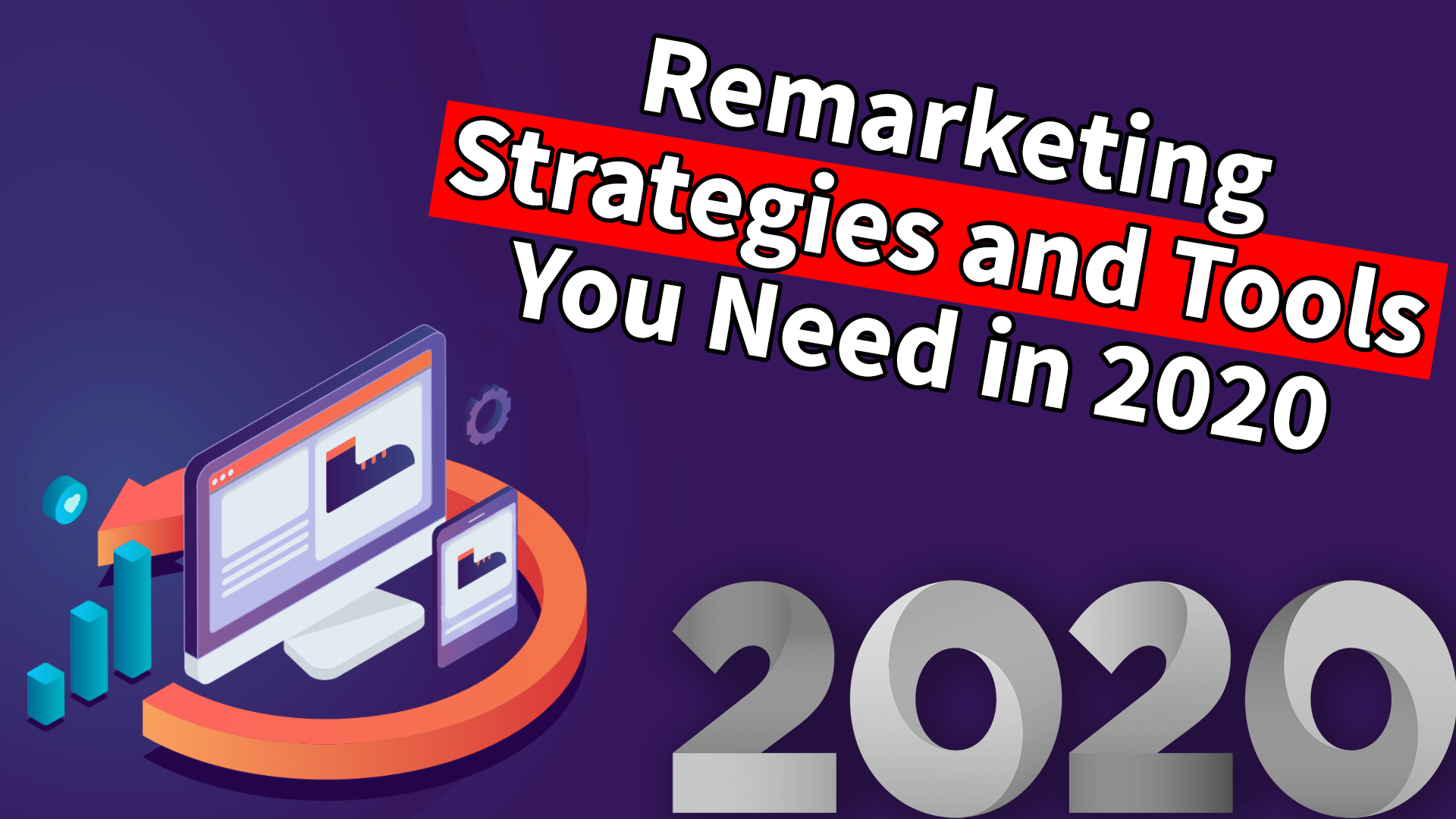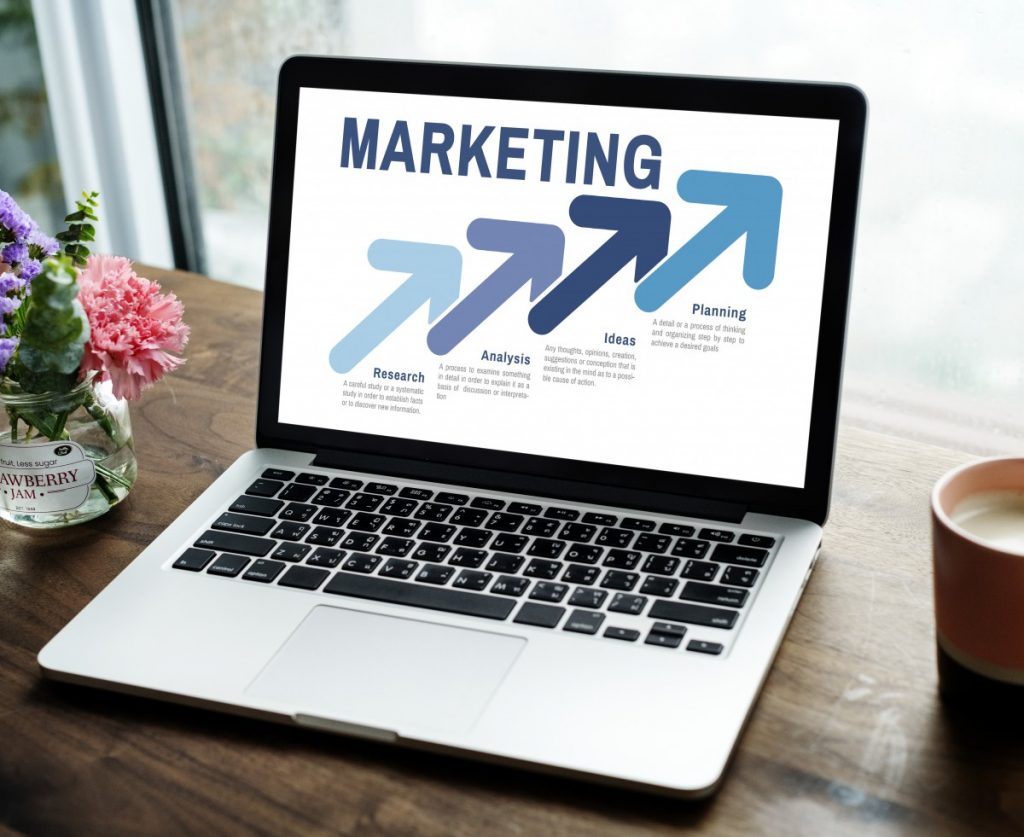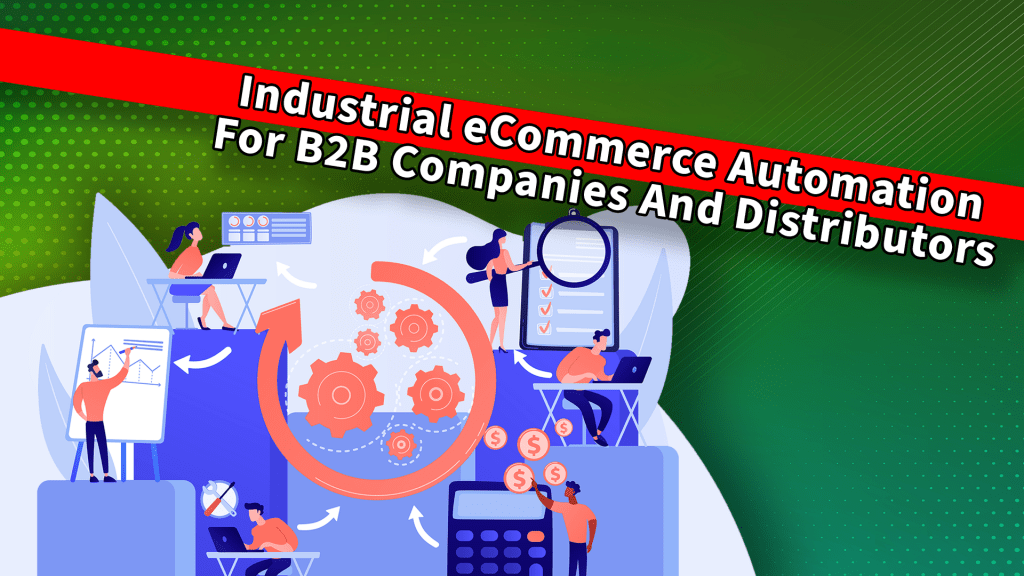eCommerce remarketing involves targeting customers who have made a purchase. Many tools will help you with this venture, and Optimum7 can recommend those tailored for eCommerce specifically.
The Importance of Remarketing & Retargeting for eCommerce Businesses in 2020
Why is remarketing so important for eCommerce?
With digital marketing, there are two ways you can really increase your revenue. You can get more traffic to your website, or you can make more out of the traffic you’re already getting. Remarketing focuses on the second.
If you think about your own online shopping habits and purchase journey, impulse purchases where you see the product and make a purchase are probably pretty low. You do your research and think about it a few days before you pull the trigger. Remarketing keeps the audience engaged during that consideration period, and really keeps your brand at the forefront of their mind.
What are some of the tools or platforms that you would use to execute your remarketing strategy?
There are two basic channels. One is ads. These include Google Ads, Google Display Network, social media sites like Facebook, Instagram, LinkedIn, and others. The second is email campaigns.
Email is nice because you don’t have to invest in extra ad spending for those clicks. Those are lists that you’ve already acquired, and an audience that you’ve already engaged with. As a result, you don’t have to do any extra ad spend.
Let’s break those down. One, you said you have paid ads, which we could either be doing Facebook or Google. Primarily, obviously there’s Bing, there are tons of other platforms that you can use. We’re just going to be talking about the two primary platforms out there.
How do I retarget the individuals that are coming to my site?
When you’re talking about Google Ads and Facebook ads, you need to have the proper pixels installed. Going through the setup of that pixel is a crucial step, and a lot of people, they want to start advertising on Facebook, but they haven’t even started step .5. Step one would be creating the ad, but before you even create the ad you have to be able to install the pixels.
It’s definitely the first step you should take. You would be surprised at how many times we encounter a client that says”Yeah, we have our Facebook pixel on our site; we want to start running retargeting ads.” Then the pixel’s not even firing properly. That means that for however long that pixel was installed, it was collecting little to no data, or incorrect information. This wastes your time
Using Tools For Retargeting eCommerce Visitors (2020)
The capabilities and the power that Google and Facebook provide for retargeting audiences are all based on your ability to properly track that information on your site. If you’re not properly tracking that information, you can’t utilize that platform to the best of their ability.
Have your Facebook pixel installed properly. When it comes to Google Ads, make sure that you have your Google Tag Manager set up with all of your data layers. That way you can identify the specific product that an individual was looking at, the price point of that product. These are all different data points that you can now use and leverage in your retargeting strategy.
You’re most likely not going to convert immediately. Businesses rarely have a one-touch attribution from the moment that somebody sees your product and buys. For the most part, you have to retarget them.
If you have a site visitor going to your site, and they’re looking at a specific product on your site, your retargeting strategy and execution would have better results if you had the ability to serve that individual a tailored ad based on their viewing history. A generalized ad sending them back to the homepage of your site won’t cut it. Customized ads help with your conversion rates now, when you start to put in some money to retarget through Facebook and Google Ads.
An added benefit to that is you can target your customers based on their shopping behavior. So for example, if you’re getting a lot of traffic to your website, not all of that traffic is going to be active shoppers. Maybe they’re just browsing, as one example. Optimum6 sees more success with people who have shown more interest in the product that have been added to carts.
People who have added a product to the cart have shown more of an intent to buy, and so if you’re remarketing to that then you can just go farther with your dollar, and not waste on these garbage clicks. That won’t happen unless you set up your events properly.
We do have an earlier Surge session, where we talk about the different types of remarketing, and how you can utilize Facebook. You’re going to have top, middle, and bottom-funnel traffic. Create a life cycle of these users coming, converting, repeating the cycle.
Transforming eCommerce Retargeting Campaigns For Email with Nurture Tools
Email is a goldmine for eCommerce companies. You don’t have to spend money on ads to reach these individuals that have been to your site before, have just subscribed to your newsletter, or have made a purchase in the past. In addition, you don’t need to factor in that additional cost into your profit margins. We recommend using a platform to automate the service.
When it comes to email remarketing for eCommerce, what’s one of the best platforms out there?
MailChimp and Constant Contact are standard automating platforms. Klaviyo is one that is generating a lot of buzz, especially for eCommerce companies.
The reason why is because it’s tracking your customers as they’re making purchases. You can segment your customers based on their shopping behavior, what products they’ve bought, whether they’re high spenders, whether they’re returning customers, and so forth. It unlocks a whole new level to your targeting. This is absolutely tailored for eCommerce businesses, which is one of the reasons why we love it so much.
Nurture tools have the ability to integrate directly with your platform, and they can work with all of the major eCommerce storefronts out there: Big Commerce, Shopify, and Magento. The integration allows tools like Klaviyo to start seeing all of the data from your site. These include people who are viewing products, what products they’re viewing, orders placed and cart abandonment.
All of this data is now collected. Nurture tools give you the ability to take this data and automatically set up these flows. This is beautiful because we know that one of the biggest hurdles when it comes to setting up these emails is how time-consuming it could be, to set up campaigns, or to segment out clients within an email list, to then send out an email blast.
Then you can automatically set up parameters for your customers, that will then get segmented into specific lists. This allows you to take that data that your email tool is collecting, and set up specific parameters that you want to track, on the backend. From there, you have the ability to now segment those individuals in, to a specific list or flow, that will then automatically get triggered based on an action of behavior that has taken place on the site.
The best part is letting it run. Then you optimize as you go. It’s no more, “Oh, we need to send out an email to this list: individuals who haven’t placed an order from us. Now, I need to pool that data, and resend it.” Nurture tool automation remove time-heavy tasks. If you take the time to set up all these flows, campaigns, and automation, then you can follow the customer through the entire journey past that initial acquisition.
Just like every other email marketing platform out there, most nurture tools do have the ability to run campaigns, email blasts that you want to send out to specific lists. As eCommerce marketers, the most value that you get from Klaviyo are those automated flows.
What other flows do Nurture Tools offer?
eCommerce store owners may like the abandoned cart. Many hosted eCommerce solutions come with an “Abandoned Cart” feature that gets sent out to an individual who abandons a cart. However, Klaviyo allows you to go one step further. Rather than just sending out one email, you actually have the ability to then follow up with that individual over the course of however long you like. It could be an additional email 20 hours later after the first, or several days later.
The emails serve as reminders or create a sense of urgency. They say “Hey, your cart’s about to expire” or “Only five left in stock.” It gives you multiple chances to try to win that customer. If that doesn’t work, then you can go ahead and throw an incentive like, “Complete your order now, and get 5% off.”
And then, once they make that purchase, you can hit them with the cross-sell emails that’s automated, based on whatever product they purchased. If they bought a desk, here’s a cross-sell email for a chair.
Abandoned cart emails work as a remarketing tool because customers keep the link to their cart. Customers can enjoy the convenience. It’s already pre-populated with all the items.
What are some of the other types of flows that we have the ability to create?
Basic welcome series email flows have a lot of potential. That’s for when people sign up for your newsletter and need a greeting. You can go beyond just the basic “Welcome to our website, thanks for signing up” or Welcome to the family.”
How?
You can segment it, then, for people who’ve made a purchase and for people who haven’t. You can show them products that they were already looking at as well as some of the resources on their site that will guide them.
Browser Abandonment functions similarly to your abandoned cart. One difference is it’s just not shopping cart dependent. For people who visited your site, and who you already have their email, and it’ll send them another email once they’ve left.
Once they’ve left a product page, but not necessarily added it to cart, awesome.
There are many email flows that you could set up on any nurture tool. Two stand out. One is the “customer win-back” flow. As an eCommerce business owner, you know how frequently someone is purchasing from you. If you’re selling a product that has a shelf life, or a specific time frame that it needs to be used, typically you know that that individual’s going to place an order at a specific time.
What happens if they don’t?
If they don’t, right now you have no way of reaching out to them and saying, “Hey, it’s time to replenish your stock. It’s time to replenish your product X,” no matter their purchase. Once they hit that threshold where they typically make a purchase but have not, then you can automatically send them an email.
With automation, you can set up these parameters based on different types of products. If you have different types of products, price points, or lifespans, then you can set these up to be segmented out in that manner.
Ensure that your customers keep coming back. They are the number one source of your future revenue. If you know that a client typically purchased from you every two months, every sixty to ninety days, you should be sending them an email reminding them to replace an order. Especially if your product has a lifespan or a shelf life, you have to retarget them once it’s time for them to make that purchase again. Then they don’t even think about looking elsewhere.
Most nurture tools give you the ability to go out and set this up. It will automatically send out to your clients within that time frame, which is beautiful.
Are there other aspects about eCommerce remarketing to discuss?
There are tons of different eCommerce remarketing tactics, and strategies, and platforms. We’re just naming some of the top few that we use, that we see, that can truly push the needle in a short period of time.
The end goal here is increasing your customer lifetime value or average order value. Many of these functionalities can be expensive projects. You can do that on a smaller scale with your email remarketing. Request an audit and let us find millions of dollars in sales for you.
Start building Remarketing Campaigns & Nurture Funnels that convert!





